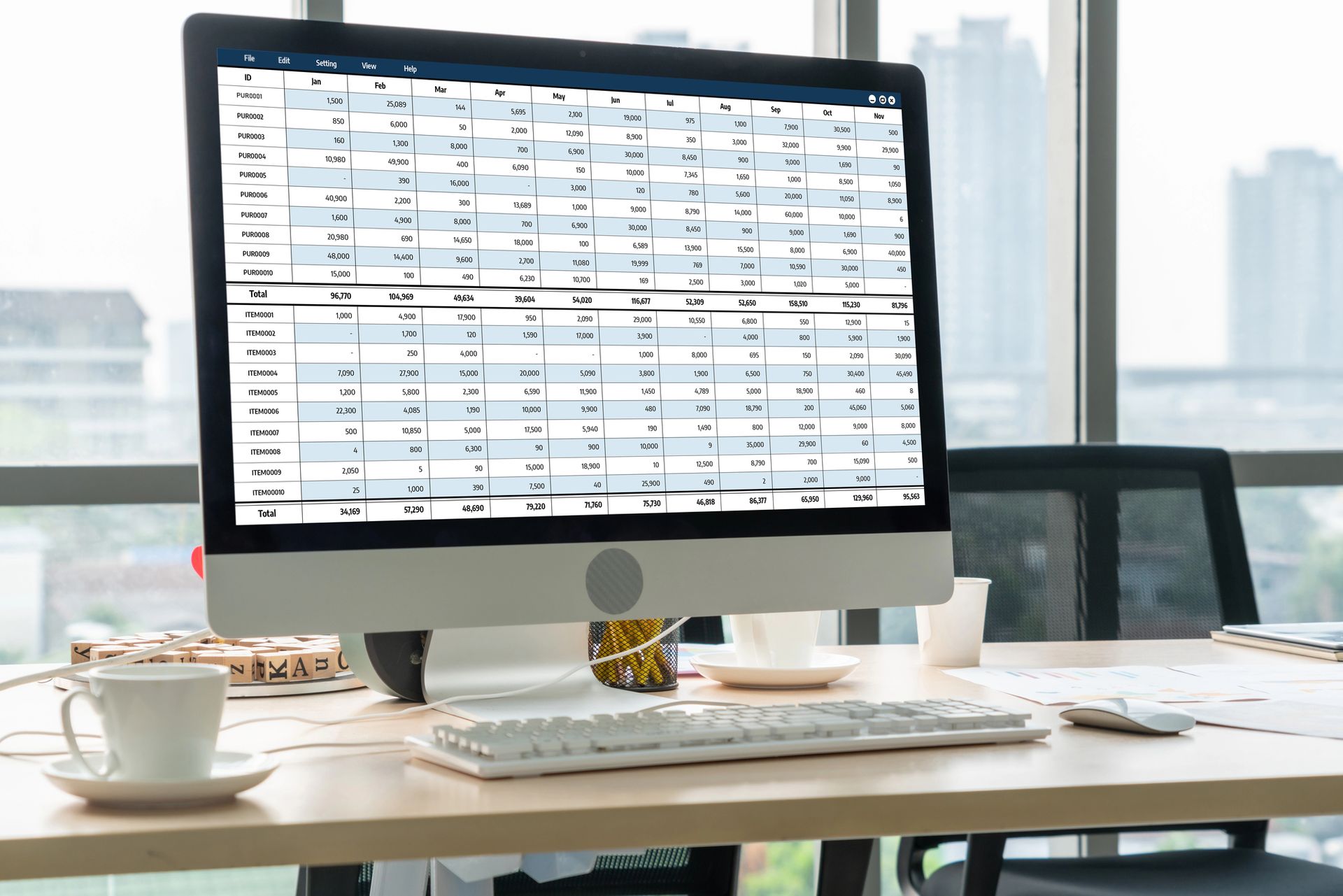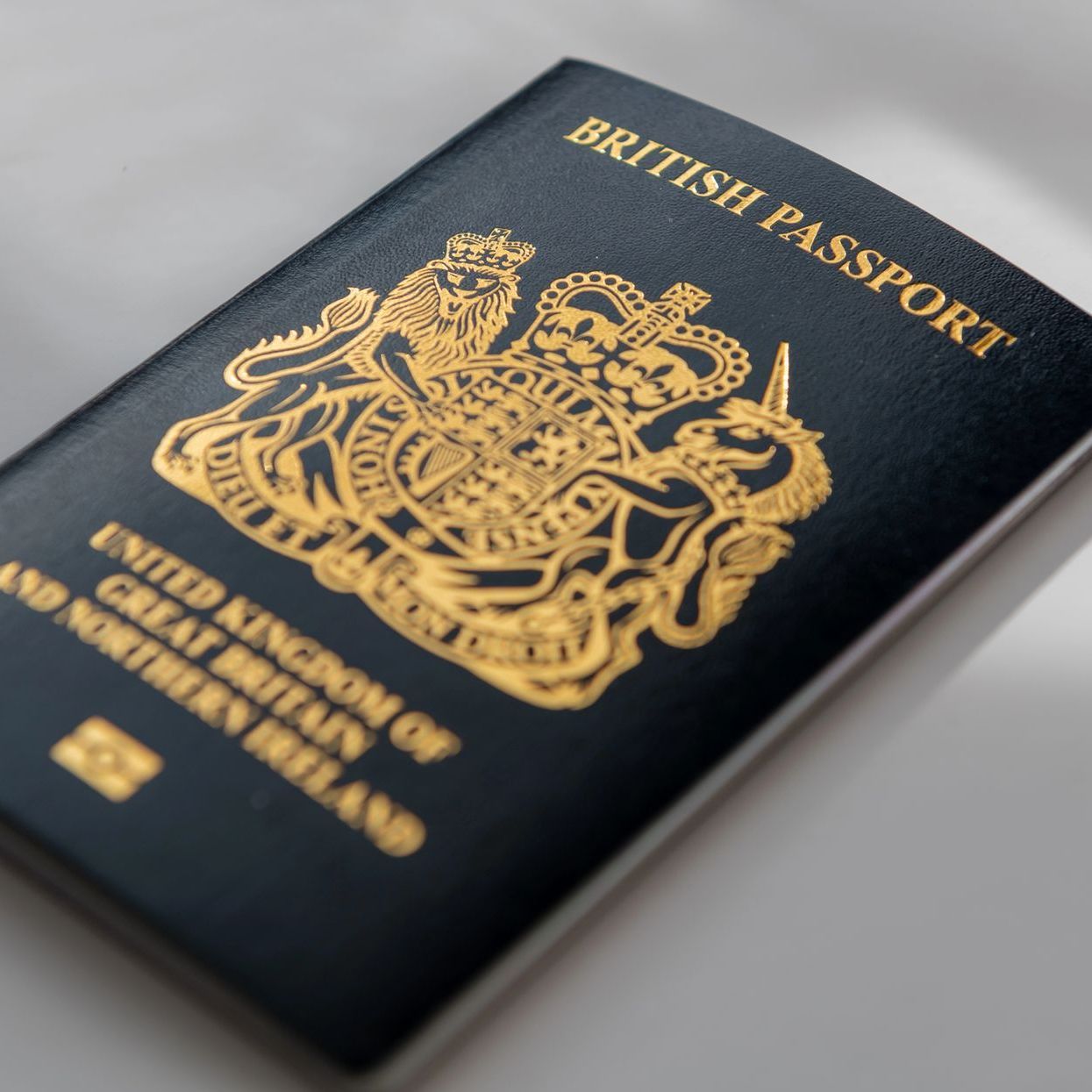Do I need to register for VAT?
Keep a close eye on your turnover!
So, this week I'm finally writing about VAT. I've been procrastinating as it's such a complex area, but I've been asked about it a few times recently, so I know it’s an area that businesses really struggle with.
I guess when you set up a company, you are aware you're going to have to pay corporation tax and when you set up a self-employed business, you know you're going to have to pay income tax. Somehow VAT seems to be off the radar a little bit because it can creep up on you but it's important to stay on top of it.
The VAT threshold is currently set at £85,000. That sounds easy enough to measure but there are a few things you need to remember.
The first is that it's VAT taxable turnover that it is measured on. This means if you are in a business where jobs include a large quantity of materials you are going to hit that threshold much sooner than a business providing services might.
Secondly, the threshold is measured on a rolling 12-month period. This means that you need to check your turnover over the previous year every month. January through to December, February through to January etc. It is not enough to simply check at the year end.
Finally, there are some transactions that are exempt from VAT or out of the scope of VAT. These transactions are not included in your turnover when you measure whether you have breached the threshold. VAT is a strange tax as everything is standard rated at 20% unless it appears specifically on the list of VAT rates with a different treatment. Transactions that are specifically exempt or out of the scope of VAT include supplies that relate to insurance, health, welfare, education and some charitable functions. There are many other examples and you can find the full list of VAT rates here , or you can call me and I will help you check what rate of VAT applies to your business. It can be tricky to identify whether some specific supplies exempt or not as you are searching for things that do not appear on a list!
If you do breach the threshold, you then get one month to register for VAT, starting to account for VAT from the 1st of the following month. For example, if you breach the VAT threshold at the end of January, you must register in February and then start accounting for VAT from 1 March.
If you don’t register for VAT when you are required to do so, it can be an expensive mistake to make. HMRC will backdate your registration to the point at which you should have registered and will expect you to pay the VAT from that date forward, even if you didn’t include VAT on your invoices.
Of course, despite the administrative burden, there are some benefits. If you haven’t been in the habit of keeping your records up to date (you should be, but I understand that it may not be your main focus) then you may benefit from getting your records ship-shape on a quarterly basis.
As well as passing the VAT charges on to your customers, you can claim back VAT on any costs that you may have incurred. This cost saving may actually improve your cashflow.
Remember that although it may not feel like it, it is not your business that is incurring VAT. You are simply collecting it on behalf of HMRC.
Digital bookkeeping may be required!
If you are registered for VAT and your taxable turnover is greater than £85,000 you will be required to move to bookkeeping software (or have a separate solution) for your first VAT period starting after 1 April 2019 as HMRC will require your VAT returns to be submitted digitally. If you fall into this category, you should be taking steps now to ensure that you are able to comply with Making Tax Digital requirements.
If you are not VAT registered, there is no need for you to rush into buying a bookkeeping system. You can relax and choose whatever method suits you best!
If you think you may have missed registering for VAT or be close to the threshold, please get in touch if you'd like to chat things through.












